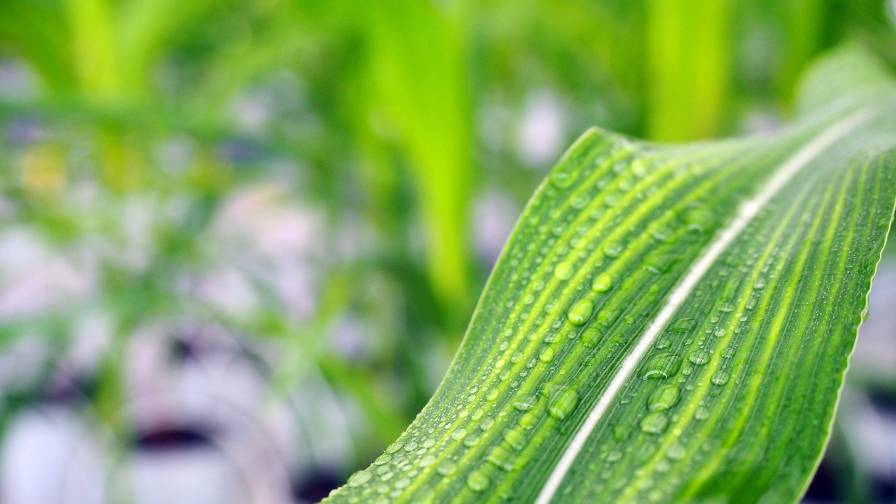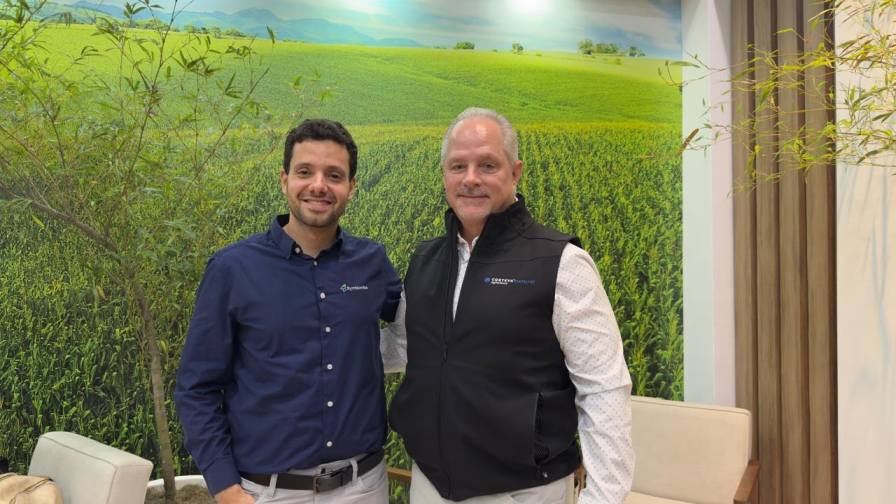Inside Acadian Plant Health’s Technology: How Seaweed Biostimulants Are Winning Over Farmers and Boosting Soil Vitality
As momentum builds around regenerative agriculture, growers and industry leaders alike are seeking practical, science-backed tools that deliver real impact without requiring complete system overhauls. Holly Little, Director of Research and Development at Acadian Plant Health, shares how the formulation of seaweed-based biostimulants is becoming more precise and how growers are using products without disrupting ag practices.
ABG: What key innovations in biological inputs are improving soil health, and how are they impacting crop productivity?
Holly Little: Biostimulants are well recognized for their ability to enhance soil health — promoting root development, increasing organic matter, and supporting microbial activity. At Acadian Plant Health, we’re going beyond these established benefits to explore how and why they work at the molecular level.
Through advanced research into modes of action and gene activation, we’re uncovering the specific pathways our seaweed-based technologies activate in both plants and soil systems. This deeper understanding allows us to design more targeted and effective biostimulant solutions that consistently improve soil function, plant health, and yield stability — even under environmental stress.
It’s how we ensure we’re delivering the most advanced and reliable biological technologies available to growers today.
ABG: How are growers balancing the economic benefits and challenges of adopting regenerative soil management practices?
HL: Growers are increasingly turning to biostimulant technologies as an accessible, performance-driven entry point into regenerative agriculture. These tools offer a low-barrier, high-impact solution for improving soil structure, organic matter, and microbial activity — without requiring major system overhauls.
By stimulating natural processes in the rhizosphere, biostimulants play a vital role in regenerative practices. Seaweed-based biostimulants have been shown to promote the proliferation of mycorrhizal fungi and enhance soil aggregation — both of which contribute to increased organic matter and improved nutrient cycling, key indicators of soil health.
As these biological interactions strengthen the soil-plant system, crops become more resilient to abiotic stress, and growers benefit from improved input efficiency and greater yield stability. Backed by strong science and a growing body of field data, biostimulants are emerging as a trusted, high-value solution in regenerative farming systems.

Holly Little
ABG: What role do biostimulants play in enhancing soil function and biodiversity, and what results are farmers seeing in the field?
HL: Technologies derived from Ascophyllum nodosum seaweed have been shown to stimulate root exudation, which in turn supports beneficial microbial populations and enhances soil biodiversity. This increased rhizosphere activity promotes improved root architecture, nutrient uptake, and stress tolerance.
In the field, farmers are seeing stronger crop establishment, more uniform growth, and greater resilience to environmental variability such as fluctuations in water availability, salinity, and temperature — all contributing to more predictable and productive harvests.
ABG: How are industry leaders and researchers shaping the conversation around regenerative agriculture, and what trends are emerging for the future?
HL: Industry leaders are advancing the conversation by moving beyond traditional input categories and focusing on technologies that activate the plant-soil system. The future of regenerative agriculture lies in solutions that are both natural and scientifically advanced.
Seaweed-based biostimulants, for example, are being formulated with increasing precision to address specific crop stages and environmental challenges. There is also a growing trend toward integrated biological strategies, where biostimulants are tailored to complement regenerative practices such as reduced tillage and crop rotation — enhancing their overall effectiveness.
ABG: What are the biggest barriers to widespread adoption of regenerative agriculture, and how can the industry overcome them?
HL: A key barrier to adoption is the perception that regenerative practices require complex or costly system overhauls. Biostimulant technologies help overcome this by providing a scalable, science-backed entry point that delivers measurable benefits to soil health and plant performance.
To drive broader adoption, the industry must continue to demonstrate agronomic ROI through robust field data and targeted education. Building confidence in biological solutions — particularly those with consistent, proven performance—will be essential to accelerating regenerative outcomes at the field level.






